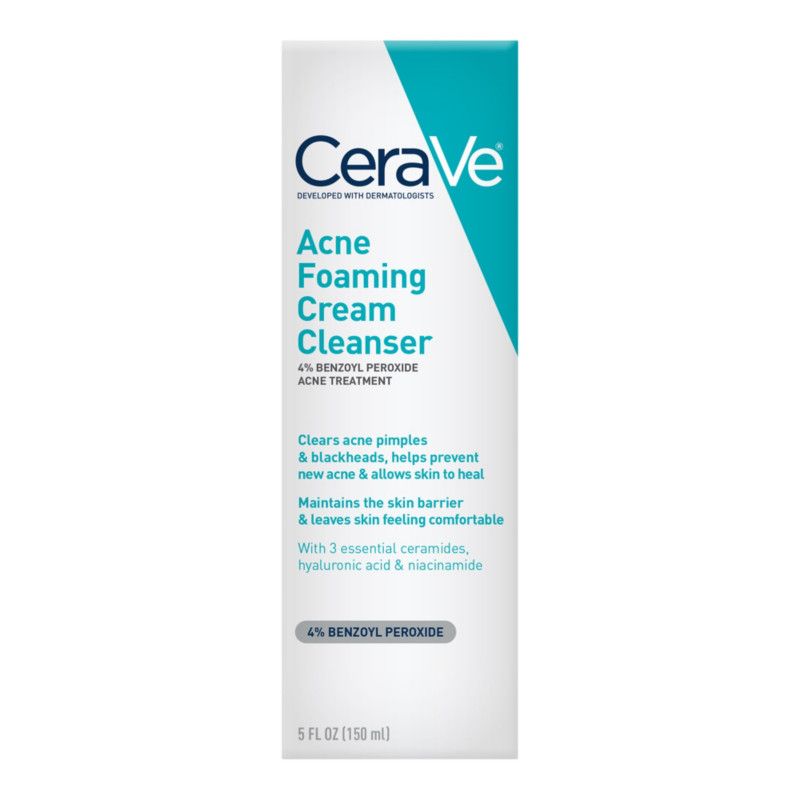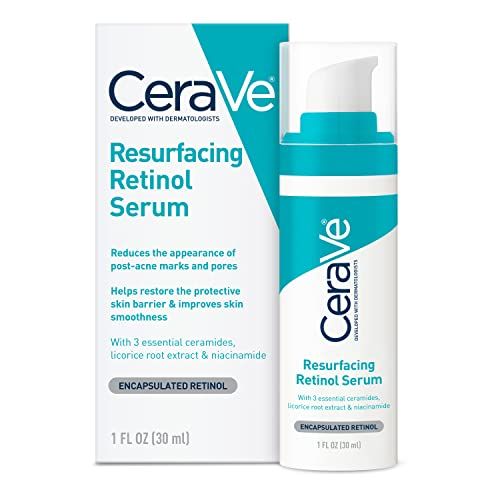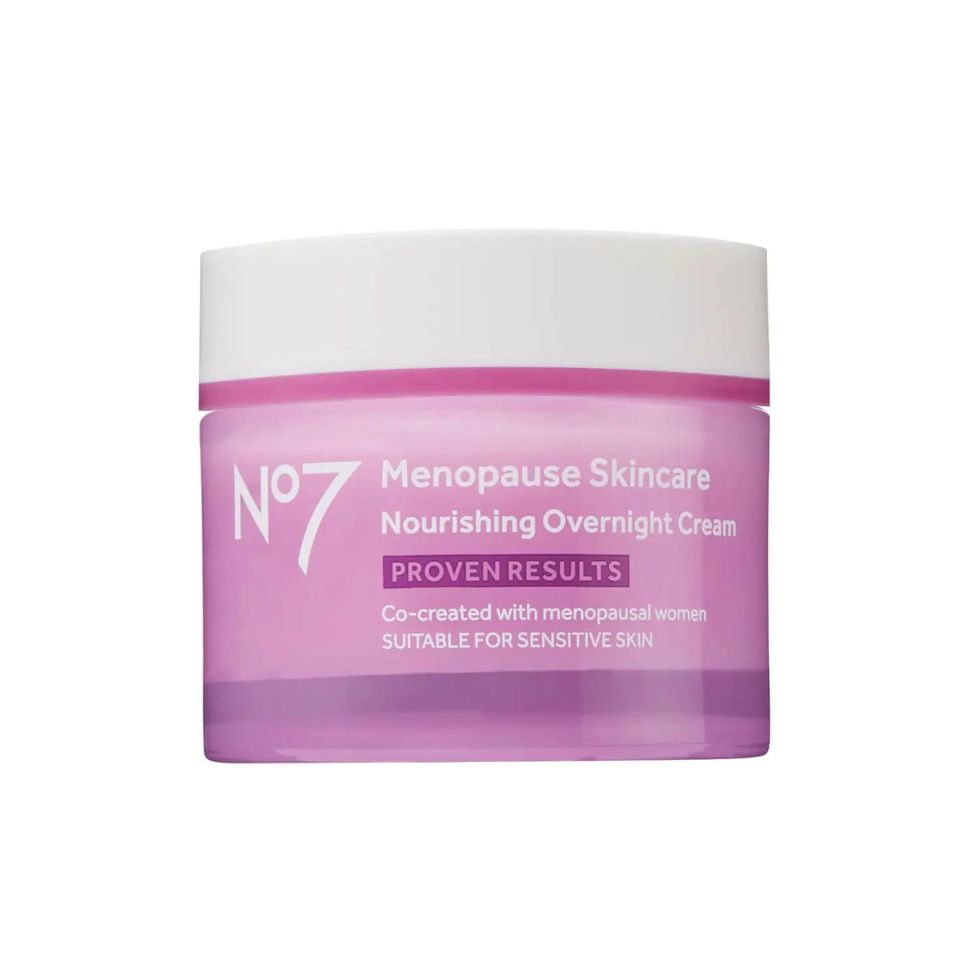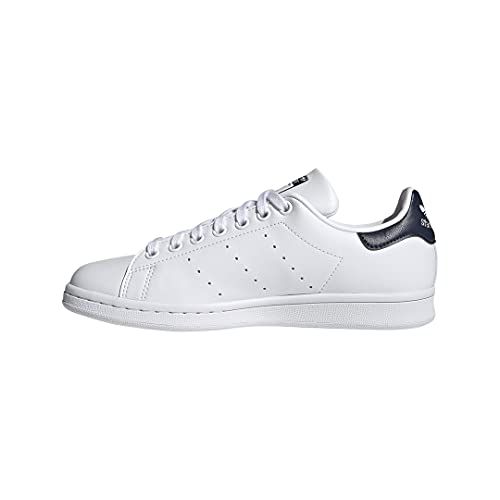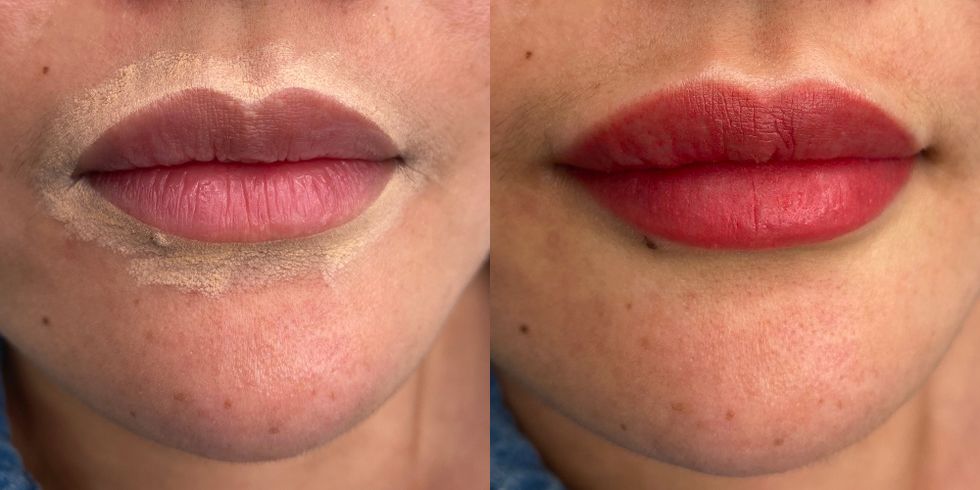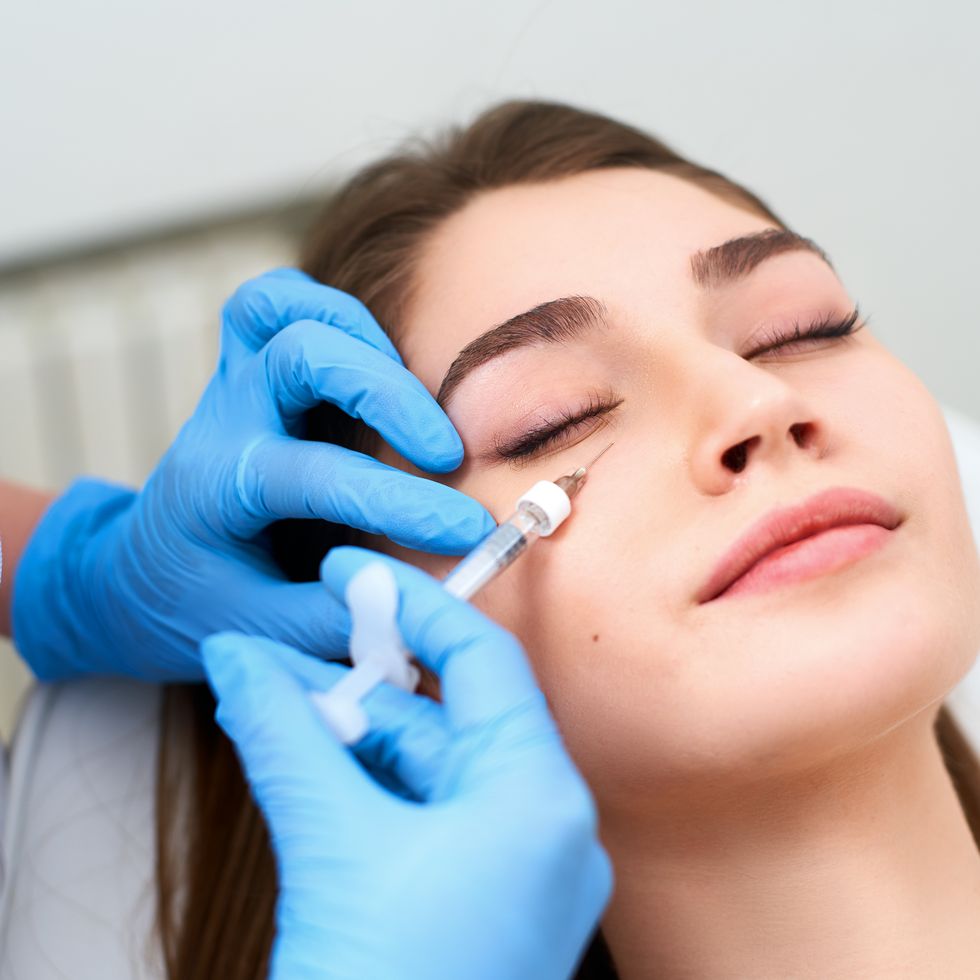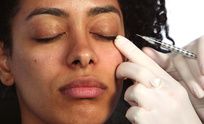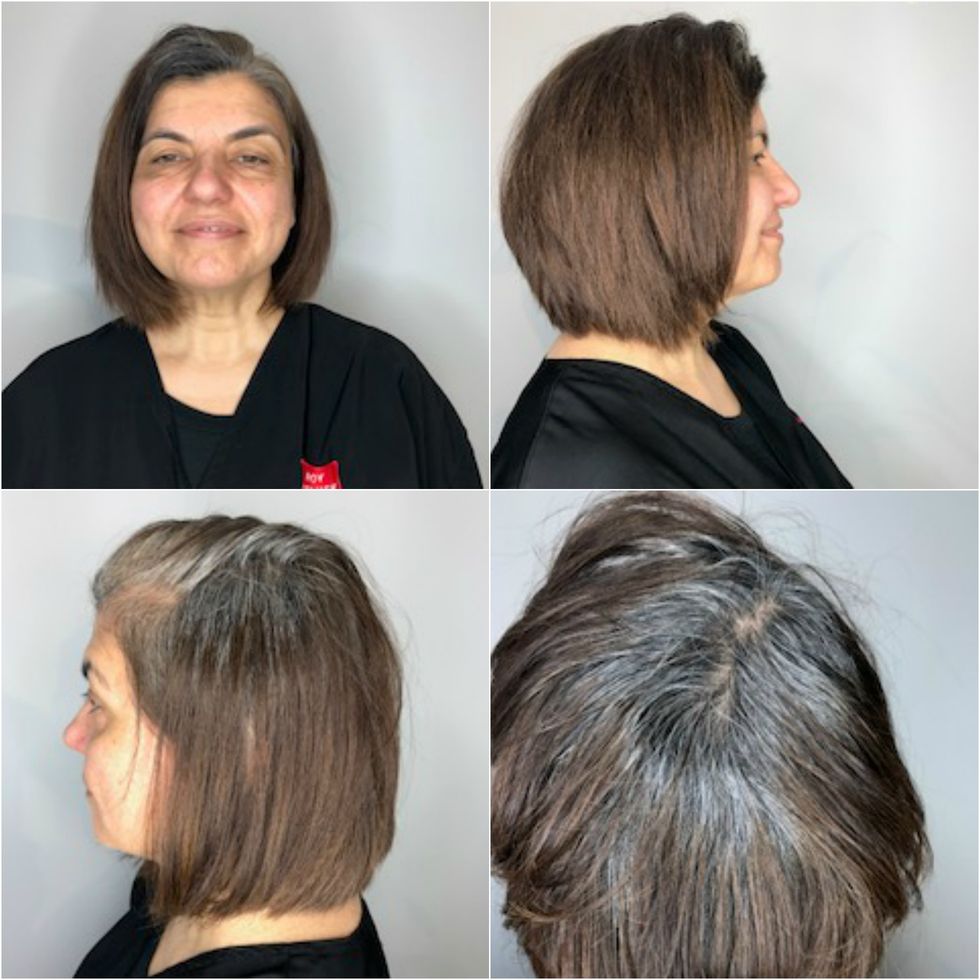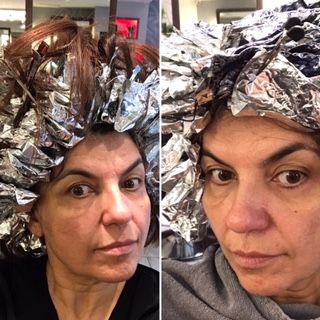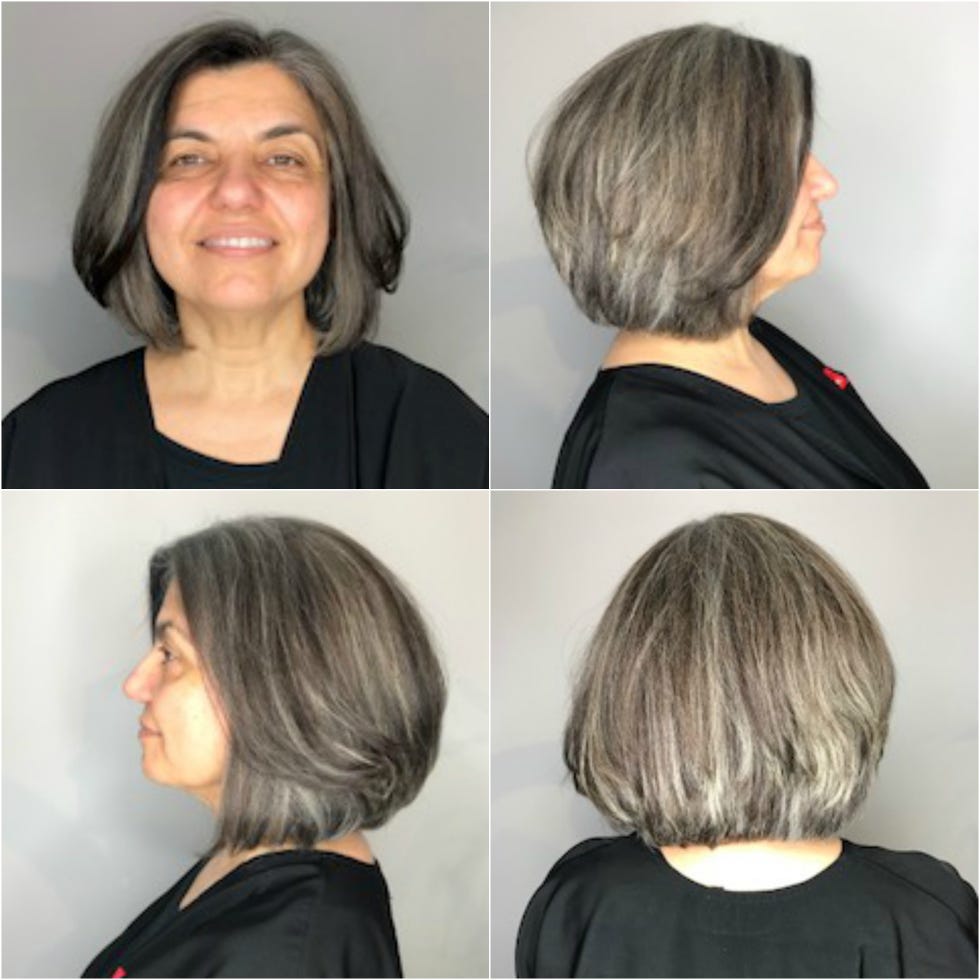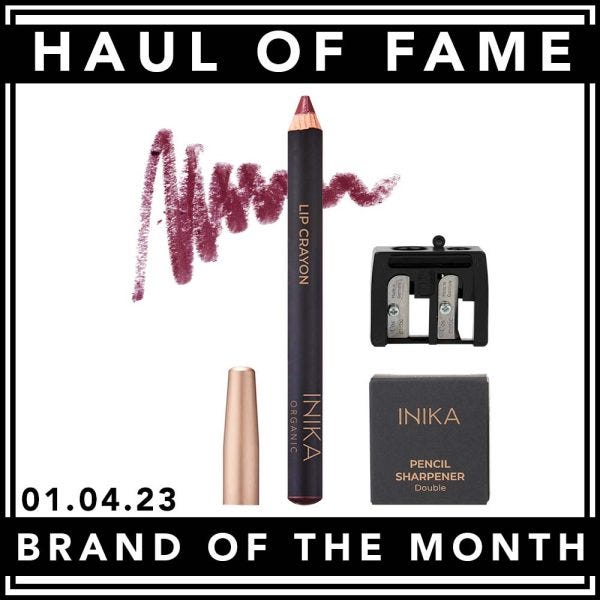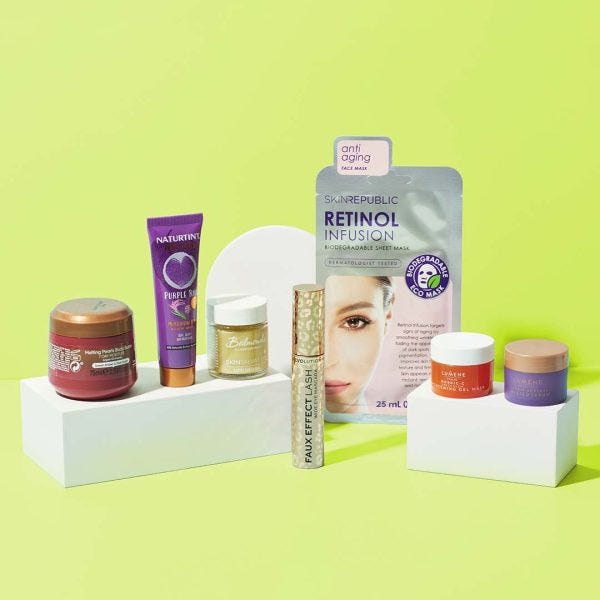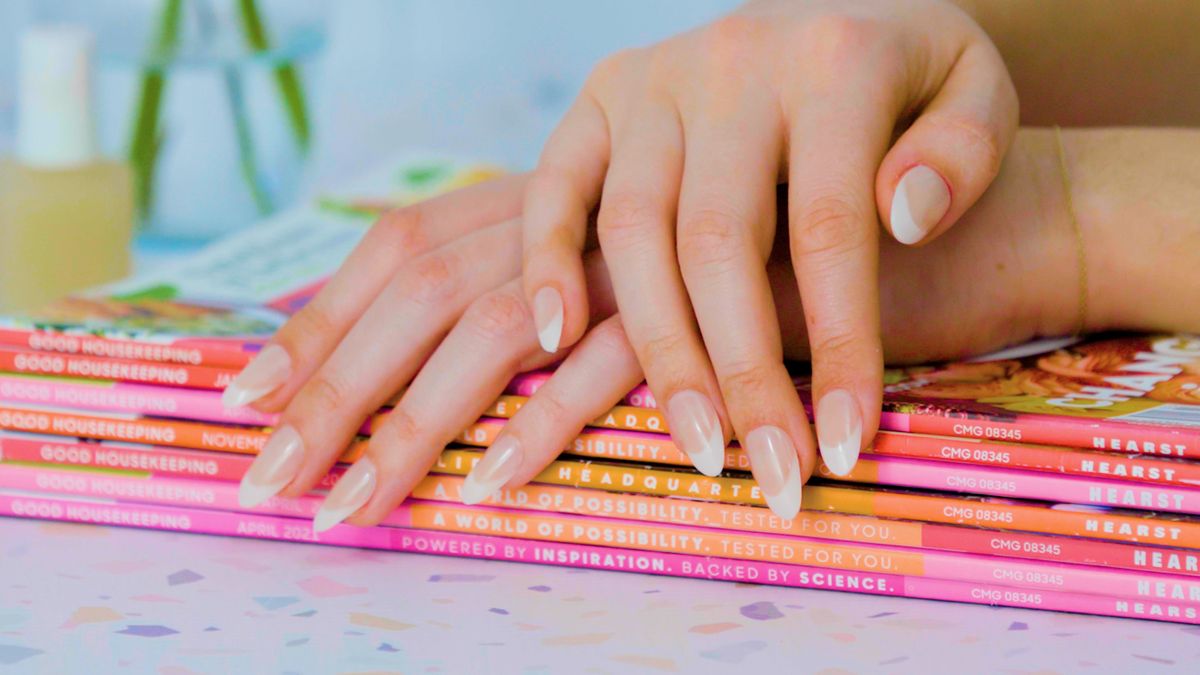
Whether you’re walking the aisles of a drugstore, browsing Amazon or visiting your dermatologist, there’s one skincare brand you likely can’t avoid: CeraVe. This budget-friendly skincare brand owned by L’Oréal has built quite the empire of fuss-free formulas, with its cleansers, SPFs and tinted moisturizers — you name it — sitting at peak popularity. Skincare influencers on social media platforms like TikTok swear by the brand, which has helped to propel it to cult popularity since 2020.
Amid a saturated skincare market with heavily fragranced formulas, ornate packaging and complex 10-step routines, CeraVe takes the less-trodden path of “skinimalism.” That includes simple, straightforward packaging, easily identified and efficacious ingredients and an affordable price point of around $10 to $35. Adding to its appeal, CeraVe is always within arms reach thanks to its dependable stock everywhere from beauty retailers to drugstores to Amazon. So, is the brand actually worth the hype?
First, what’s CeraVe’s backstory?
CeraVe is a budget-friendly drugstore skincare brand that touts a formulated-with/trusted-by dermatologists reputation. The brand was founded in 2005 and set out to address skin conditions like acne, eczema, psoriasis and milia by route of no-frills skincare designed to help restore the skin’s natural protective barrier.
More From Good Housekeeping
Every item in the brand’s 90 product portfolio is based on a blend of three essential ceramides (1, 3 and 6-II), hence its name. The brand also boasts a delivery system it calls “MultiVesicular Emulsion Technology (MVE) … that gradually releases our ceramide-enriched formula over an extended period of time.”
Translation: You’ll reap the skincare benefits all day long since MVE “helps to sustain their benefits on the skin over time and not just at the moment of application,” says Monica Li, M.D., a board-certified dermatologist based in Vancouver, Canada.
Is CeraVe good for your face?
Yes! Its namesake ceramides are an essential ingredient for repairing compromised skin barriers, notes Dr. Li. “These are natural fats that fill in the cracks between cells in the outer skin layer,” explains Joshua Zeichner, M.D., the Director of Cosmetic & Clinical Research in Dermatology at Mount Sinai Hospital in New York City. “Think of ceramides like grout that sit between tiles in your shower creating a waterproof seal.” Without said “grout,” irritants can get in and make skin feel itchy and irritated.
The beauty of CeraVe is that it works across all skin types and tones — normal, oily, acne-prone or sensitive. Praised for its gentle and restorative qualities, all CeraVe formulas are made without fragrances, a common irritant for those with sensitive skin.
CeraVe products are also pH-adjusted to “align with the physiologic, natural acidic state of our skin surface,” Dr. Li adds. In simple terms, the skincare lineup works with your skin to help to improve tolerability, comfort and compatibility.
Do dermatologists recommend CeraVe?
The brand lives up to its tagline, “made by dermatologists.” The brand claims, “Not only are our products developed with dermatologists, but CeraVe is the #1 dermatologist recommended skincare brand,” and Dr. Li confirms she often recommends CeraVe products to patients of all ages because of its affordability and accessibility.
Azza Halim, M.D., a board-certified anesthesiologist and physician based in California, Florida and Illinois, even uses it to build custom skincare routines for her patients. “Some of their products are, in my opinion, important adjunctive therapies to improve certain skin conditions such as acne and eczema, without the need for a prescription,” Dr. Li adds.
What are the best CeraVe products?
Skincare is never a one-size-fits-all so it’s best to try the product for yourself firsthand. Depending on your needs, you can find anything from hydrating hyaluronic acid to brightening niacinamide to acne-fighting benzoyl peroxide or anti-aging retinol. “Active ingredients of CeraVe products have been carefully selected to be part of formulations that have targeted purpose,” says Dr. Li.
Here are our top picks, based on the picks of our network of esteemed dermatologists, our in-house chemists’ testing at the Good Housekeeping Institute Beauty Lab and reviews vetted by our shopping pros:
To treat breakouts and prevent new ones from forming, Dr. Li recommends CeraVe Acne Foaming Cream Cleanser. One of its star ingredients includes benzoyl peroxide, which actively heals acne, coupled with hyaluronic acid and ceramides to prevent skin from drying out. “It really helps with my acne scars and sun spots,” raves one online reviewer. “It also has evened my skin tone for a glowing look.”
Shrink the appearance of pores and fight visible signs of aging with the CeraVe Resurfacing Retinol Serum, as recommended by Dr. Li. As part of the same line as the acne foam wash, these products can be used together to keep pimples at bay. Made with gold-star anti-ager retinol, this pick “didn’t irritate my skin at all, helped some scars fade quicker and evened out the texture on my forehead,” one reviewer wrote.
Exfoliate rough, textured skin one to two times per week with the CeraVe Renewing SA Cleanser. Combining brightening niacinamide, antioxidant vitamin D and exfoliating salicylic acid, the face wash works to remove dirt and oil while softening skin. Reviewers say it helped soothe hormonal breakouts on oily, acne-prone skin. “It’s very gentle, doesn’t strip my skin … makes my skin feel extra clean from the oiliness,” one wrote.
Recommended by Dr. Li to those with keratosis pilaris, CeraVe’s SA lotion is the counterpart to its cleanser for rough and bumpy skin. The formula is made with salicylic acid, an ingredient known to exfoliate the surface of the skin and penetrate into pores to remove oil. A satisfied shopper wrote: “I have strawberry legs, which leads to my skin looking bumpy and red. This lotion is a huge help in normalizing my skin.”
Those who struggle with cracked skin can try the brand’s Healing Ointment for slugging, says Dr. Li. One GH editor who has severe eczema finds it tames irritation during dry, winter months. The occlusive balm forms a protective barrier on the surface of skin to prevent moisture loss, all the while boasting a “non-greasy” feel.
Our GH Beauty Lab pros rates CeraVe Daily Moisturizing Lotion as one of the best face moisturizers for dry skin. It increased skin hydration by 48.1% (!) over six hours in Lab testing. Absorbing quickly into skin, GH testers reported no irritations. One even said: “After using [for] two weeks, I liked it very well. I also began using [it] on my elbows, which really helped with dryness.”
Recommended by GH Beauty Assistant Catharine Malzahn, Cerave Hydrating Cream-to-Foam Cleanser is gentle enough to not feel stripping but just powerful enough to remove any last traces of makeup. Malzahn uses it daily, in both the a.m. and p.m., naming its ceramides, hyaluronic acid and amino acids for its effective nourishment and hydration.
When eczema flare-ups hit full force, soothe angry skin with CeraVe’s Moisturizing Cream, as advised by Dr. Li. It contains the brand’s titular ceramides to help repair the skin’s outer layer and simultaneously hydrate. Plus, it holds the National Eczema Association seal to show shoppers that this CeraVe product doesn’t contain common irritants for sensitive skin.
Dr. Li recommends CeraVe Skin Renewing Vitamin C Serum, which claims to brighten visibly and even out complexions. The vitamin C serum is formulated with a lower concentration of the powerful ingredient to lessen irritation as hyaluronic acid helps draw moisture into skin and hydrate. “In just a few days of use, I can see my skin brighter and smoother, as well as hydrated and with ZERO irritation,” an online shopper praised.
CeraVe’s Ultra-Light Moisturizing Lotion bottles up hydrating hyaluronic acid, glycerin and ceramides, with SPF 30 mixed in. The fragrance-free moisturizer with SPF scored high among GH testers with dry skin. What’s more, 100% of users confirmed it went on effortlessly and didn’t cause redness, irritation or breakouts on even “super sensitive” skin.
SHOP THE ENTIRE CERAVE SKINCARE COLLECTION ON AMAZON
Commerce Editor
Jacqueline (she/her) covers all things e-commerce in beauty, lifestyle and beyond for the Good Housekeeping Institute. Before joining GH in 2021, she was a style and beauty reviews fellow at Insider, testing viral trends, reviewing sustainable brands and more. She’s a graduate of the University of Florida’s School of Journalism, with a specialty in magazines and mass communication.
Xhicboutique.com – Get this Product & More at Great Prices!
Source link
